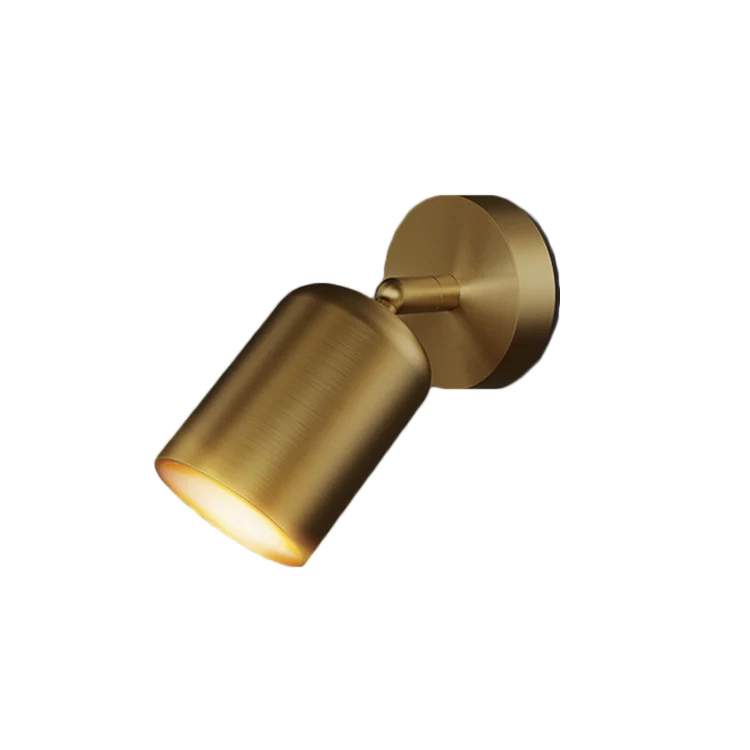LEAFLETS
PRODUCTS
The Impact Of Good Lighting A Desk Lamp Perspective
Enhanced Productivity and Focus
A well-lit workspace is undeniably linked to enhanced productivity. Poor lighting, on the other hand, can lead to fatigue, headaches, and reduced concentration. The flickering of inadequate lighting, or harsh glare from poorly positioned sources, can be particularly disruptive, constantly distracting the mind from the task at hand. A good desk lamp, however, can provide the focused illumination necessary for sustained concentration. By directing light precisely where it's needed – onto the work surface – a desk lamp eliminates unnecessary distractions and allows for a more streamlined workflow. This focused illumination prevents the eyes from constantly adjusting to different light levels, which reduces fatigue and allows for a more prolonged period of focused work.
Furthermore, the quality of light itself plays a significant role. The color temperature of the light emitted by a desk lamp can significantly impact productivity. Cooler light (higher color temperature), often associated with daylight, is generally preferred for tasks requiring heightened concentration, such as reading or writing. Conversely, warmer light (lower color temperature) might be more suitable for relaxation and less demanding tasks.
Reduced Eye Strain and Improved Vision Health
The strain on our eyes from prolonged periods of work under inadequate lighting is a major concern. Poor lighting can lead to eye fatigue, headaches, and even more serious conditions like dry eye syndrome. Insufficient light forces the eyes to work harder, constantly adjusting to varying levels of brightness and contrast. This continuous effort can lead to blurred vision, discomfort, and increased sensitivity to light.
A good desk lamp, correctly positioned and offering appropriate brightness and color temperature, significantly mitigates these risks. It provides consistent, even illumination, reducing the need for constant eye adjustments and minimizing strain. The elimination of harsh shadows and glare further enhances visual comfort. Investing in a lamp with features like adjustable brightness and color temperature allows for personalization, catering to individual needs and preferences, thus ensuring optimal visual comfort throughout the workday.
Enhanced Mood and Well-being
Beyond the purely functional benefits, the impact of good lighting extends to our overall mood and well-being. Adequate lighting can contribute to a more positive and productive work environment. A well-lit space feels more inviting and energizing, encouraging a sense of focus and accomplishment. Conversely, a dimly lit or poorly illuminated space can foster feelings of lethargy and negativity, impacting both productivity and morale.
The color temperature of the light also plays a significant role in influencing mood. Cooler light tones are generally associated with alertness and energy, while warmer tones promote relaxation and calmness. The choice of light color should therefore consider the nature of the task and the desired emotional state. A desk lamp that offers adjustable color temperature allows for customization, catering to individual needs and preferences throughout the day.
Ergonomics and Workspace Design
The placement and type of desk lamp are crucial components of good ergonomic design. A poorly positioned lamp can cause glare on the screen, leading to discomfort and reduced productivity. Similarly, a lamp that is too bright or too dim can create discomfort and eye strain. The ideal desk lamp should be positioned to provide adequate illumination without creating glare or shadows on the work surface.
Consider factors like the height of the desk, the position of the monitor, and the user's sitting posture when positioning the desk lamp. An adjustable arm lamp offers superior flexibility, allowing for precise positioning to avoid glare and shadows. Furthermore, the choice of lamp design should consider aesthetics and integration into the overall workspace design. A well-chosen desk lamp can enhance the visual appeal of the workspace, contributing to a more pleasant and productive environment.
Energy Efficiency and Sustainability
In today's environmentally conscious world, the energy efficiency of a desk lamp is a critical consideration. Choosing energy-efficient options like LED lamps is crucial for reducing energy consumption and lowering carbon footprint. LED lamps offer significant advantages over traditional incandescent or fluorescent lamps, consuming significantly less energy while providing superior light quality and longevity.
Investing in a high-quality, energy-efficient desk lamp is not just environmentally responsible; it also translates to long-term cost savings. The lower energy consumption reduces electricity bills, while the extended lifespan of the lamp minimizes replacement costs. This makes energy-efficient desk lamps a sustainable and economically sound choice for both individual users and organizations.
In conclusion, the seemingly simple act of choosing a good desk lamp carries far-reaching implications. From boosting productivity and reducing eye strain to enhancing mood and promoting a sustainable work environment, the impact of proper desk lighting is undeniable. By prioritizing the selection and placement of a quality desk lamp, we can create a workspace that supports both our physical and mental well-being, contributing to increased productivity and a more fulfilling work experience.SUBSCRIBE
INQUIRY










